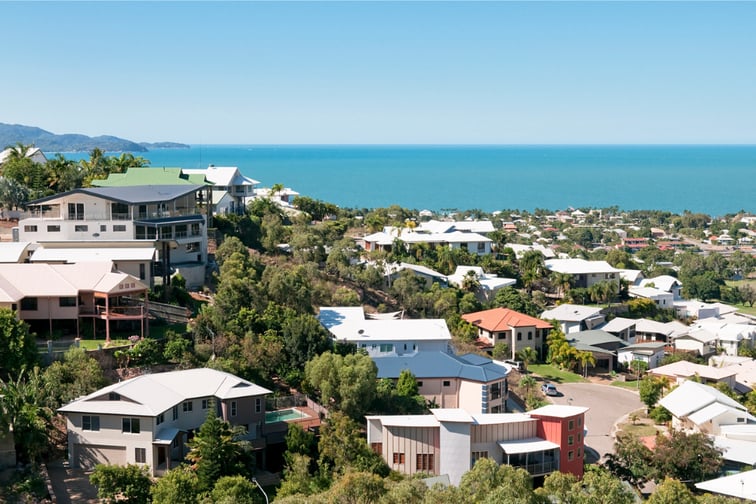

Some of Australia's hottest regional cities appear to have lost some of their charm, with values falling sharply as vendor discounts rise and days on market increase, according to CoreLogic’s latest report.
CoreLogic’s Regional Market Update showed that of Australia’s 25 largest non-capital city regions examined, only 13 areas reported a rise in house values over the year to January. That’s down from 21 over the year to October.
The standout regional market was the South East region in South Australia, with annual value growth of 15.7. This was followed by the NSW regions of New England and North West and Riverina, where values rose 11.5% and 10.1%, respectively.
However, CoreLogic head of research Eliza Owen said that the country’s most popular lifestyle markets had been worst hit by softer market conditions and rate rises, with the Richmond-Tweed region in NSW posting the weakest performance across all metrics.
“It is unsurprising the Richmond-Tweed region recorded the strongest decline in house values and a sharp increase in other important metrics,” Owen said. “This was the region where values skyrocketed, with houses increasing more than 50% during COVID, taking the median house value to more than $1.1 million. Since then, much has changed with borders reopening, outbound travel returning, workers returning to the office, not to mention the overlay of nine rate rises. It’s been a swift and significant shift.”
The CoreLogic report found that Richmond-Tweed’s house market value dipped -18.6% (in the year to January), its sales volumes dropped -36.1% (in the year to November), and houses now sat on the market for 71 days. The same period also saw vendor discounting hit -8.3%. Despite the drastic shift in market conditions, houses in the region are still up 23.7% on pre-COVID levels.
Those regional areas that continued to enjoy double-digit annual growth rates, she said, were predominantly areas that had emerged from a long period of subdued capital growth performance.
“The COVID-boom unlocked enormous value across more affordable regional tree-change markets such as South Australia’s South East region,” Owen said. “The surge in demand for areas such as New England and North West was also likely to have been due to a spillover from nearby markets such as Richmond-Tweed, where the strong migratory sea-change trend and low interest rates priced out many lower income households.”
Across Australia’s regional unit markets, the highest annual rise in values over the 12 months to January was experienced in Queensland’s Cairns (17.3%) and Toowoomba (14.1%). Richmond-Tweed (NSW) and Geelong (Vic), on the other hand, recorded the largest drop in unit values, down -10% and -9.4%, respectively.
Only two of the 25 regional unit markets saw an increase in sales volumes in the year to November: Mackay – Isaac – Whitsunday (19.2%) and Townsville (10.6%). The other 23 regions saw sales volumes decrease, led by the Southern Highlands and Shoalhaven (-45.5%), Newcastle and Lake Macquarie (-37.3%), and Illawarra (-37.0%) regions, all in NSW.
Units in Cairns took a median of 32 days to sell in the three months to January, followed by Ballarat (35 days). The slowest selling unit regions were Richmond-Tweed and Capital Region (NSW), with a median time on market of 66 days and 60 days, respectively.
The largest discounts were offered by vendors across the Richmond-Tweed (-5.6%) while discounts the Hume region in Victoria (of -2.4%) offered the lowest amongst the unit markets analysed.
After the RBA flagged further rate hikes to tame inflation, Owen said housing values will likely continue to decline – and regional areas would not be immune from softer conditions.
“This is a trend we can expect to see playing out at least until interest rates top out,” she said. “With this in mind, sellers will need to be realistic about their pricing expectations, make sure they have a quality marketing campaign behind the property and be ready to expect some negotiation from buyers.
“Considering some of these regional values will have only moved through a peak in the cycle more recently, it’s likely there will be a lag between buyers and sellers, and it may take some time for vendors to adjust their expectations.”
Despite sharp price falls in some regional markets, regional market performance overall remained more resilient compared to capital city dwelling markets, Owen said.
Use the comment section below to tell us how you felt about this story.
